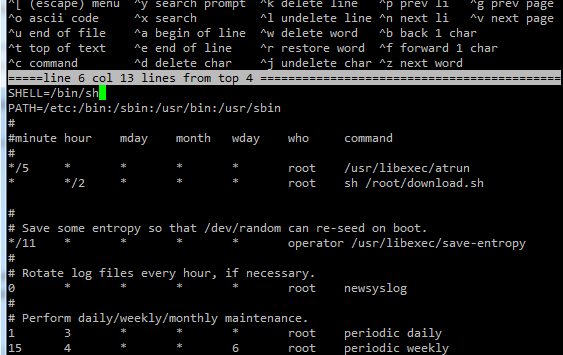1. Error kinit
root@krb:/home/user# kinit
kinit: Client not found in Kerberos database while getting initial credentials
solution :
we need to write user after kinit
example
root@krb:/home/user# kinit root/admin
Password for root/admin@EXAMPLE.COM :
2. Error krb5-rsh Client
root@krb:/home/user# krb5-rsh -x -PN krb.example.com
error getting credentials: Server not found in Kerberos database
solution :
we need to add princ “host” that is associated with krb services
users and the services must have an appropriate principal entry in the Kerberos database. While users are in form of NAME/ROLE, services are in form SERVICE-NAME/HOSTNAME. So we need to add a principal for service “host” (common name for all shell services), on host where the service is provided — krb.example.com.
sudo kadmin.local
Authenticating as principal root/admin@EXAMPLE.COM with password.
kadmin.local: addprinc -randkey host/krb.example.com
WARNING: no policy specified for host/monarch.spinlock.hr@SPINLOCK.HR; defaulting to no policy
Principal “host/krb.example.com@EXAMPLE.COM” created.
kadmin.local: ktadd -k /etc/krb5.keytab -norandkey host/krb.example.com
kadmin.local: quit
kinit root/admin
source : http://techpubs.spinlocksolutions.com/dklar/kerberos.html#krb-adduser-priv


